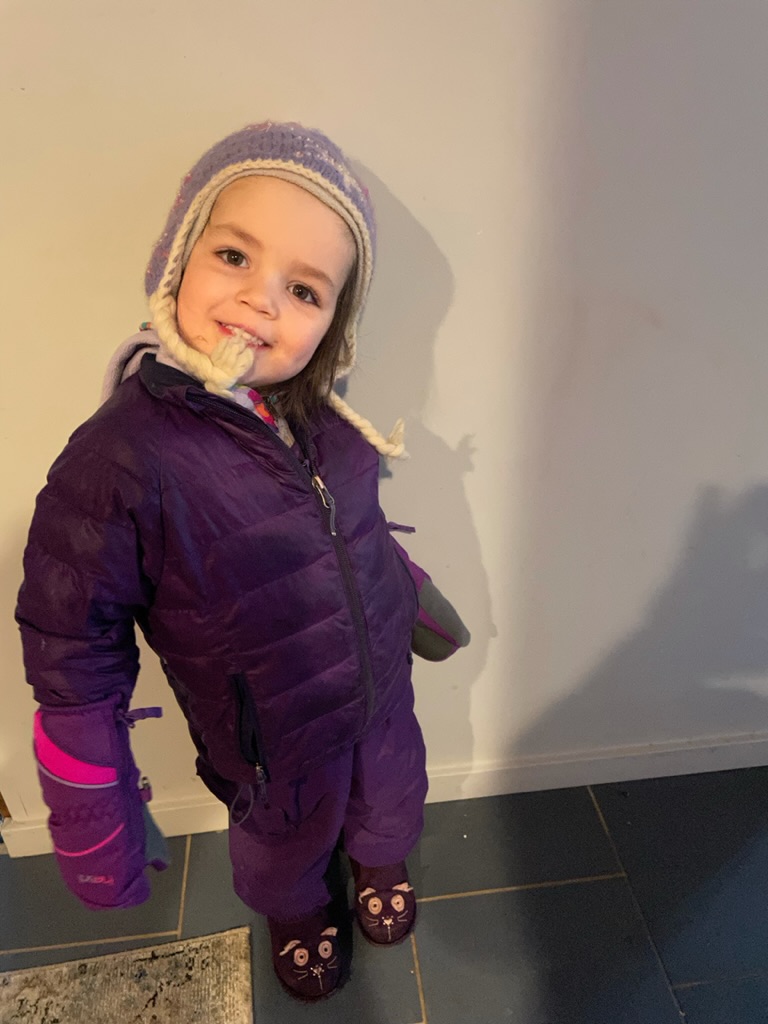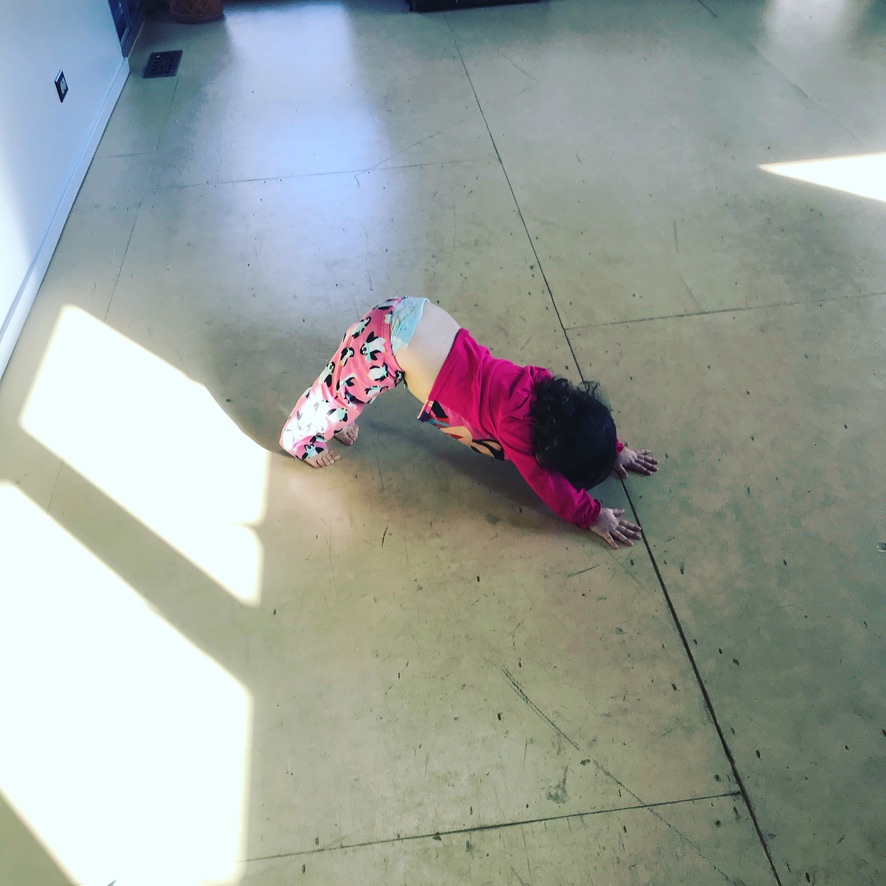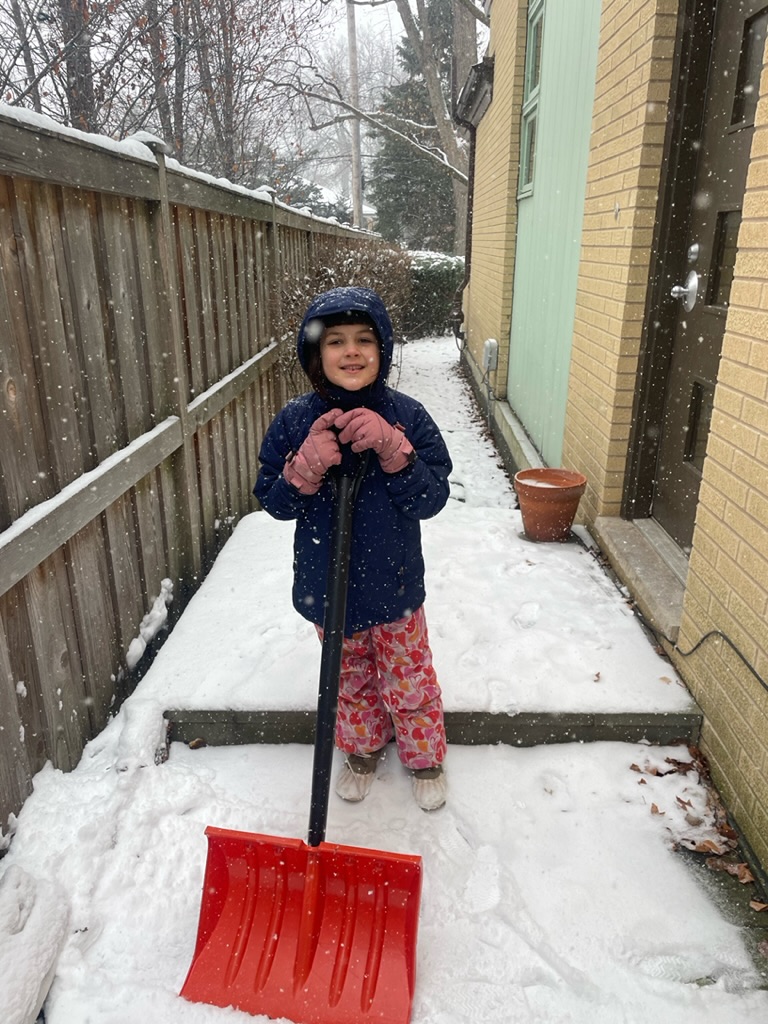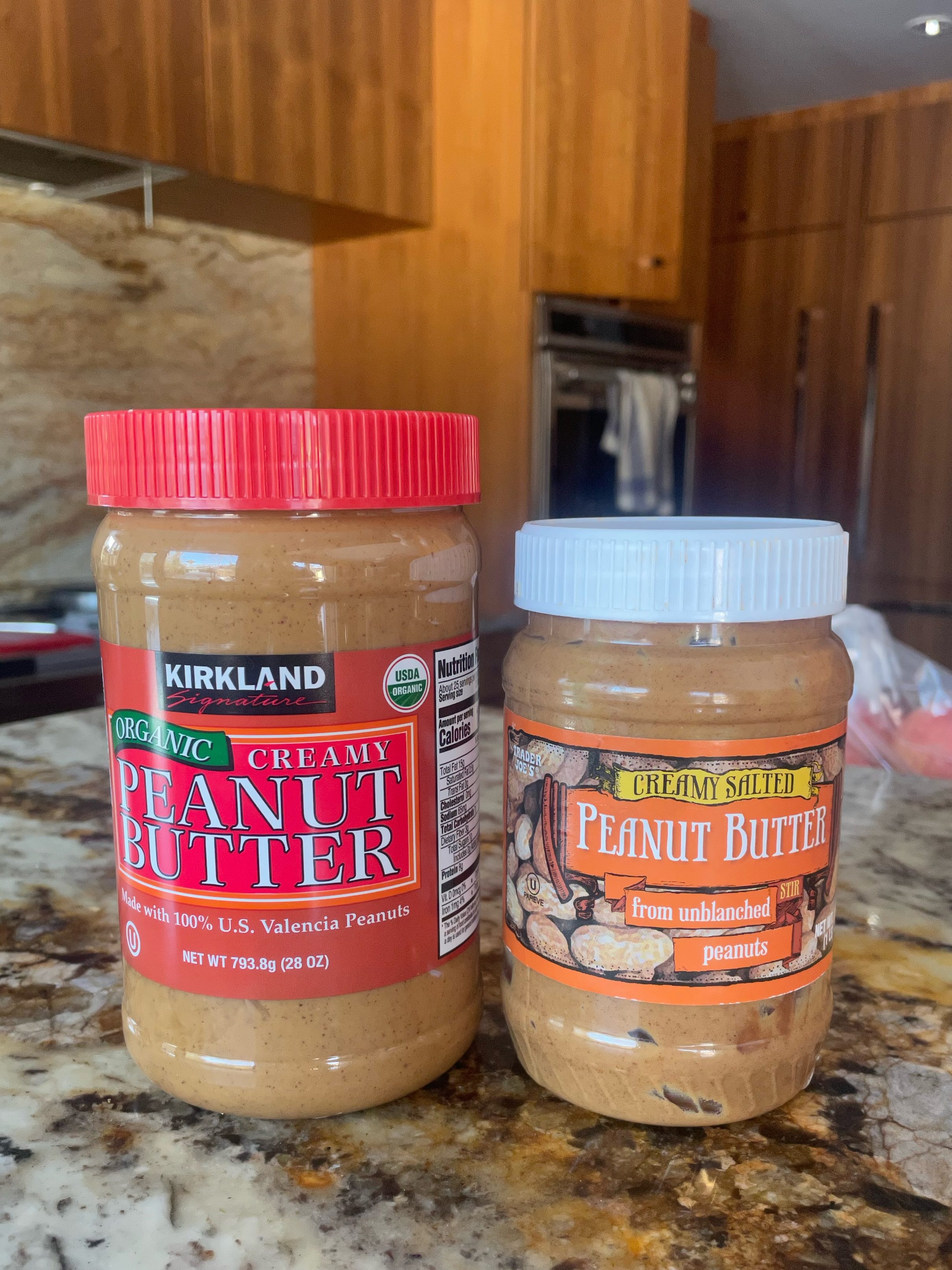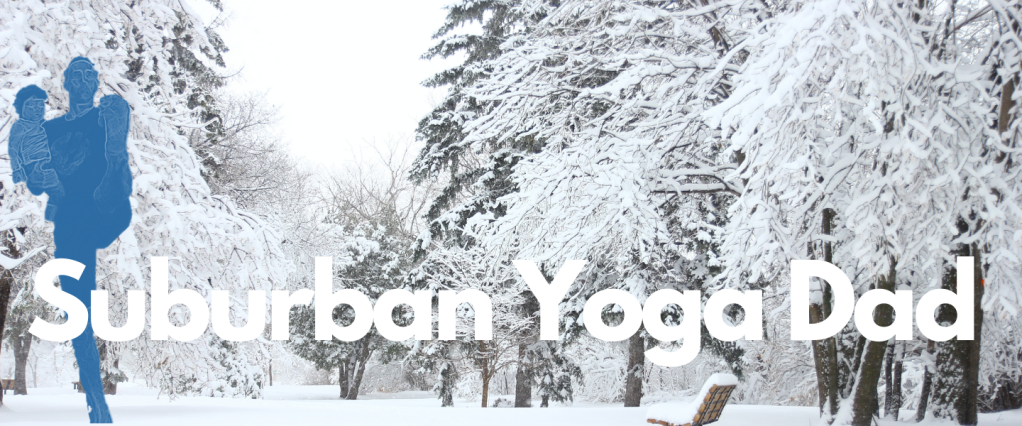I’m bored. It’s not that I don’t have stuff to do. I do. Write this blog post for one. I could also clean the house, make dinner, start my taxes. 🤮
But I don’t want to do any of that.
I find myself thinking instead about eating a box of Girl Scout cookies, maybe watching some superheroes kickass. I haven’t seen Thor: Love and Thunder yet. Or I could go somewhere, do something, anything.
Boredom is a kind of pain. It’s not the same as a compound fracture of the tibia, or a sudden and unexpected death in the family, or any number of pain’s more exotic forms, but I can tell it’s pain because I feel the urge to escape it.
According to doctor Anna Lembke, the medical director of Stanford Addiction Medicine and author of Dopamine Nation: Finding Balance in the Age of Indulgence, I’m not alone.
“We’re all running from pain,” she writes. “Some of us take pills. Some of us couch surf while binge-watching Netflix. Some of us read romance novels. We’ll do almost anything to distract ourselves from ourselves.” (Lembke, Dopamine Nation, p. 44)
The thing is, we all know that pleasurable distractions often leave us feeling worse. One reason, according to Lembke, is that when we indulge in activities that cause a large release of the neuromodulator dopamine–a hormone that acts as a sort of in index of the addictive potential of an activity or substance–self-regulating mechanisms in our bodies tip the scale back towards pain to return us to homeostasis, or balance.
What’s more, if we chronically return to the activity or substance to find our escape, our baseline balance shifts away from pleasure towards pain. In Lembke’s words, “With prolonged and repeated exposure to pleasurable stimuli, our capacity to tolerate pain decreases, and our threshold for experiencing pleasure increases.” (Lembke, Dopamine Nation, p. 66)
If we do a quick catalogue of our many forms of pleasurable escapes, this can all start sound like a grim cycle (I know 😬), but fortunately for us, this process also seems to work in reverse, and it may be possible to leverage it to our benefit.
Lembke calls this “pressing on the side of pain.” She writes, “With intermittent exposure to pain, our natural hedonic set point gets weighted to the side of pleasure, such that we become less vulnerable to pain and more able to feel pleasure over time.” (Lembke, Dopamine Nation, p. 145)
I think most of us know what this feels like. For me, this is a fair description of what happens when I incorporate things like vigorous workouts and challenging projects (writing) into my day to day. These activities certainly generate some pain in the moment, but they often leave me feeling better, and when I’m consistent with them, my baseline experience shifts so it’s easier to appreciate simple pleasures throughout the other parts of my day, like playing with my dog or taking a walk with a friend.
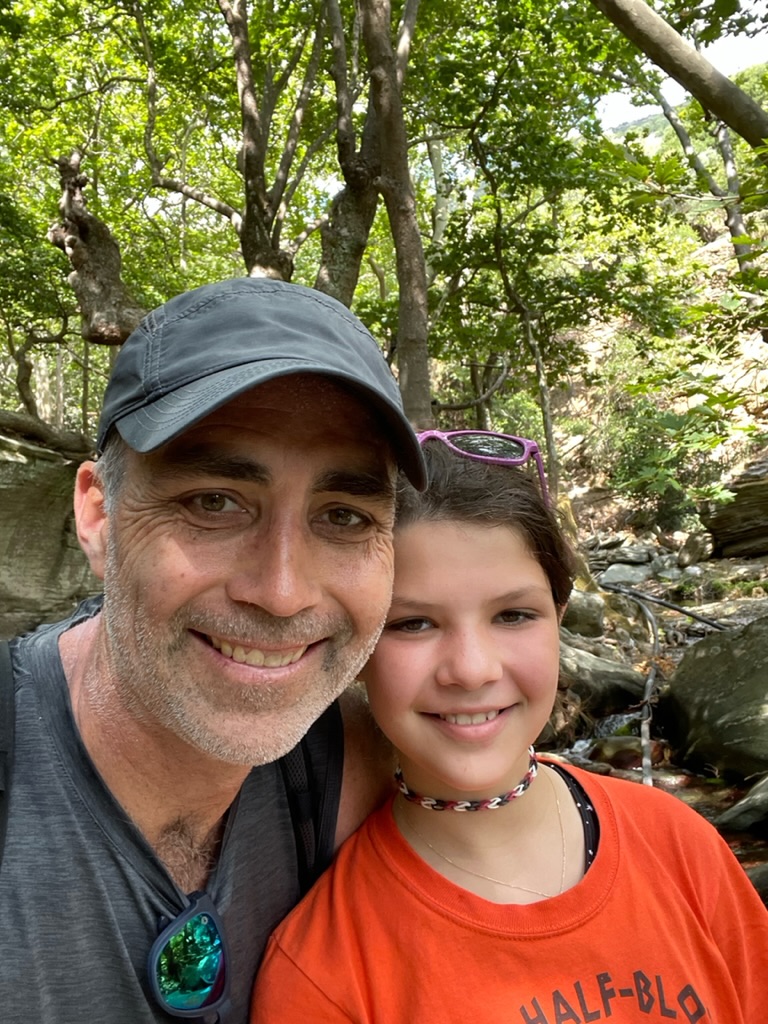
“So wait a minute,” you may be thinking, “exactly how much pain are we supposed to seek out?” And to the yogis in the crowd, I see you waving your hands. Yes, yes, I know. Your yoga teacher told you to avoid pain.
Like your yoga teacher, I’m not advocating that you practice or live in such a way that you damage your body or mind. Indeed, the austerities performed by self-flagellating monks or hindu ascetics who hold an arm aloft until the appendage withers into an immobile stick are denounced in the yogic tradition.
“Some invent harsh penances,” Krishna tells Arjuna in the Bhagavad Gita. “Motivated by hypocrisy and egotism, they torture their innocent bodies and me who dwells within. Blinded by their strength and passion they act and think like demons.” (Easwaran transl., The Bhagavad Gita, 17:4-6)
In yoga, the objective is not to generate pain or mortify the flesh but to investigate our habit patterns and work skillfully with the pain that arises as a byproduct of the transformative action of the practice.
This process is called tapas, which is often translated as austerity or self discipline but literally means “heat.”
You may have discovered this heat when trying to hold plank pose even when your limbs are shaking and your mind is screaming at you to stop (for the love of God!), or perhaps you’ve experienced it while remaining still in meditation despite an overwhelming compulsion to get up and go do something else. Even off the mat, you’ve maybe felt this fire when you walk into a crowded room of strangers and manage to strike up a conversation even though you really want to go home and hide under the covers, or when your kids push boundaries and you withstand the urge to blow your top.
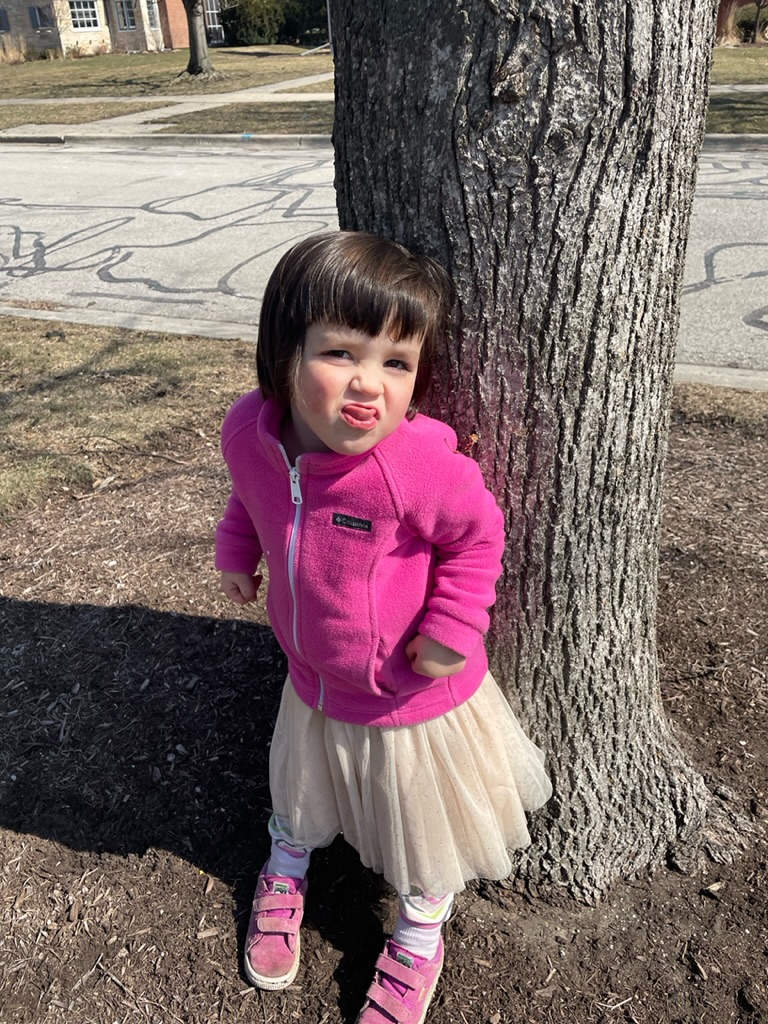
Along with cleanliness, contentment, self-study, and surrender to the higher self, tapas is one of the five observances, or niyamas, that form the second limb of the eight-limbed vehicle of yoga outlined by Patanjali in The Yoga Sutras, and it can be thought of as a metaphorical, purifying fire. Tapas burns away those habits of body and mind that form impediments to the full and clear expression of thought and action in our lives, and it usually involves some discomfort if not outright pain.
In The Practice of the Yoga Sutra, Pandit Rajmani Tigunait writes explicitly of the relationship between tapas and pain. “Tapas is withstanding the pain caused by the pressure of the senses and our self-imposed resistance to that pressure. Until we reach the highest, there is a constant tug-of-war between the good and the pleasant, between our discrimination and our desires, between the forces of surrender and the forces of attachment. Cultivating the capacity to withstand this pain and adhering to our resolution is tapas.” (Tigunait, The Practice of the Yoga Sutra, p. 172)
Taken out of context, this might sound a little like your high school weight-lifting coach hollering at you to push through it, but the idea isn’t to get adversarial with your pain or use brute force to overcome it, nor is the idea to dismiss pain as mere noise.
When pain arises on or off the mat, the skillful response usually includes paying attention. This is automatic when you, say, touch a hot stove, but at other times the pain might feel easier to dismiss, like when you are working with a yoga pose or when you’re feeling depressed. Sometimes the best path is to forge ahead and endure the pain, but oftentimes we need to back off, modify, ask for help from a teacher, friend, or doctor. Sometimes we need to skip it all together if we can. Paying attention moment by moment is probably one of the best ways to discriminate between those moments when we should consider withstanding the pain in order to “adhere to our resolution” and those moments when we should let that shit go.
Learning to discriminate between the useful forms of pain and the other is a fickle art, but paying attention to pain as it arises moment by moment can also have the benefit of helping us shift our relationship to it from one of of reactivity to one of skillful response and observation.
Richard Freeman describes this action beautifully and, in the process, captures a reciprocal relationship between pain and simple pleasure that resembles the one described by Anna Lembke.
When people first experience tapas, there is often a sense of discomfort, a desire to squirm away from the situation because it is so authentic; it is as if the border of life is being eaten away by fire. But if we stick with the observational practice, if we do not run away when we reach the juncture where tapas first arises, then we can gain an incredible insight into the fact that all things do change. Not only do we understand this conceptually, but we can experience the impression of this principle of transformation within the body; we feel through our deepest physical sensations, right into the core of the body. When we perceive change in this way and then act with conscious awareness in the face of the present circumstances, we can release our samskaras (habits of thought and action) without rejecting them, but instead with an appreciation for their essence. In this way we learn to interact with whatever arises in a more integrated and complete way, whether it is an old pattern of thought or sensation, or a brand-new perception.
Richard Freeman, The Mirror of Yoga, p. 35
At this point, you might still be thinking, “Don’t we have enough pain? Shouldn’t we give ourselves a break?”
And I think the answer to that is, yes. There is no injunction here to turn yourself into a hero of willpower. Pain, especially when it isn’t chosen, often simply sucks, and attempting to always select the path of endurance is probably a recipe for generating mental rigidity, guilt, and self-loathing.
But when opportunities arise to disrupt our limiting habit patterns and move in new and more beneficial directions, perhaps it’s encouraging and not entirely delusional to consider that the attendant pain might be a byproduct of transformation. Moreover, the pain might even be a precursor to the deepening of a more durable and sane form of pleasure than the pleasure on offer from many of our culture’s too-powerful options for dopamine release, which we know from experience often expose us to more suffering down the road.
🕉 ✌️
Now that you’ve listened to me extol the virtues of pain, it might be a bad time to suggest one of my classes. 😳 I promise though that I work to provide manageable challenges that scale to various levels and that you’re always encouraged to take on only as much heat as you wish. So in that spirit, here’s where you can find my live classes (both virtual and in-person) and a link to my YouTube channel for recorded classes. Finally, if you want to get the blog by email to make sure you don’t miss any of the encouragement, tips, and techniques I try to pack in here, enter your email👇.
